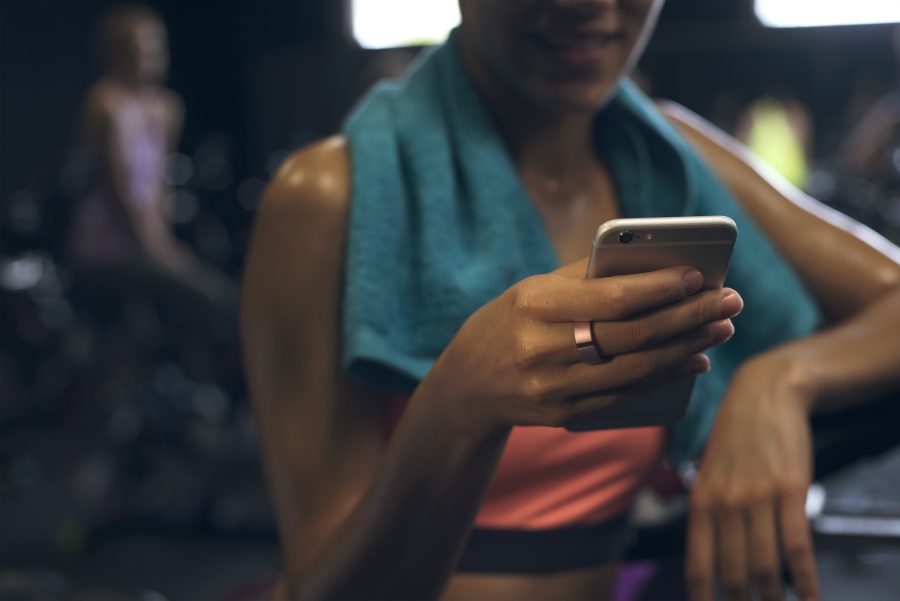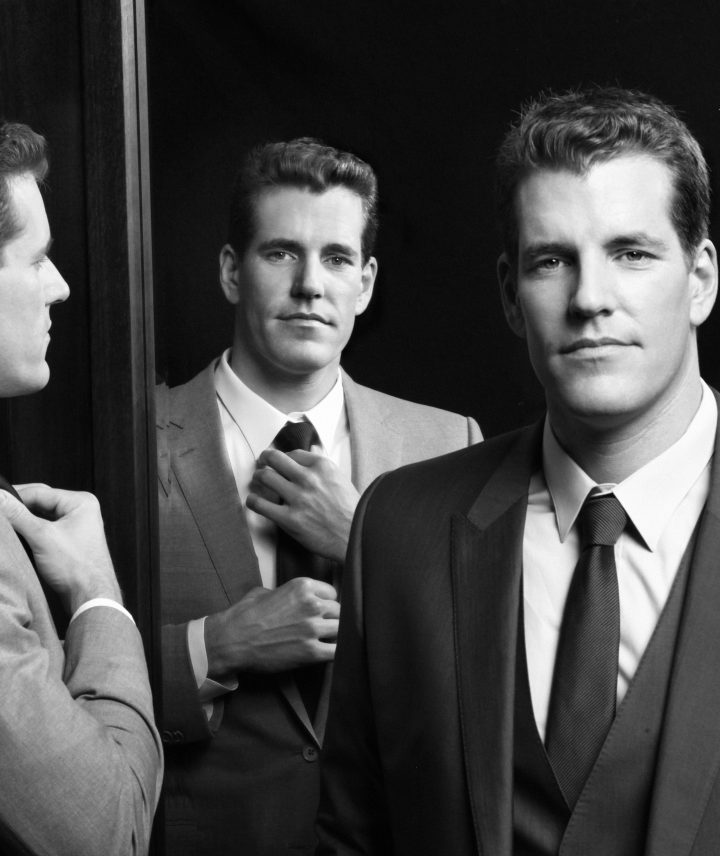Motiv CEO Mike Strasser is sick of wrist-based wearables. It’s why his new invention promises all the functionality of other fitness trackers, but in the form of a slender, stylish ring.
“Every time a new wearable comes out, guess where it is?” Strasser sighs. “But wrist-based wearables are awkward; they’re bulky. You don’t want to wear them all the time.”
Fitbits, Apple Watches, the Samsung Gear S2. Strasser—a product designer who counts Apple, Ideo and Nasa as former employers—tried ’em all.
“But even setting comfort aside, the wrist still presents many issues with data collection,” Strasser explains. “Hair, skin color, tattoos—they all impact accuracy.”
That’s because most wearables rely on LED lights to operate heart rate trackers and accelerometers. Wavelengths reflect off the skin back into the device, transferring information in the process. The lighter the surface, the better the reflection. Turn over your hand. What’s lighter and less encumbered than your palm?
“That’s how we ended up with a ring.”






